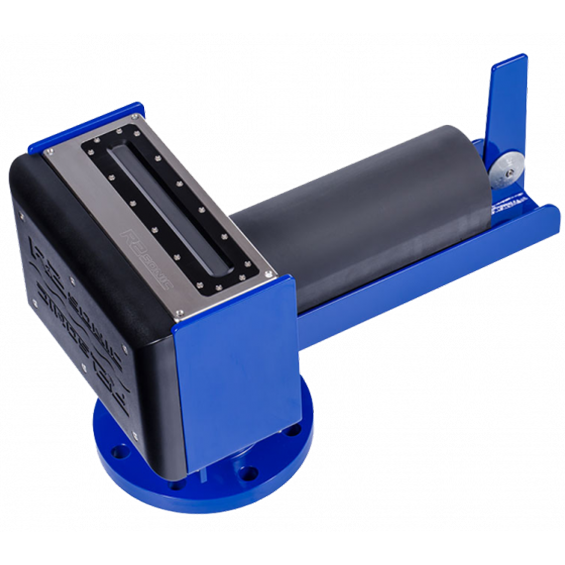
XNS ( Xerox Network Systems) Clearinghouse XNS ( Xerox Network Systems) Time Protocol Resource Location Protocol (RLP)-used for determining the location of higher level services from hosts on a network Simple Mail Transfer Protocol (SMTP)-used for e-mail routing between mail servers Telnet protocol-unencrypted text communications Secure Shell (SSH) - used for secure logins, file transfers ( scp, sftp) and port forwarding On Unix-likeoperating systems, a process must execute with superuser privileges to be able to bind a network socket to an IP address using one of the well-known ports. They are used by system processes that provide widely used types of network services. The port numbers in the range from 0 to 1023 are the well-known ports. IANA maintains the official list. The dynamic or private ports are those from 49152 through 65535. The registered ports are those from 1024 through 49151.
161: Simple Network Management Protocol (SNMP). 143: Internet Message Access Protocol (IMAP). 119: Network News Transfer Protocol (NNTP). 80: Hypertext Transfer Protocol (HTTP) used in the World Wide Web. 25: Simple Mail Transfer Protocol (SMTP). The well-known ports are those from 0 through 1023. The port numbers are divided into three ranges: The active transport layer a protocol ports may be discovered on many operating systems (Windows, Unix-like, z/OS) with the command line By default, HTTP uses port 80 and HTTPS uses port 443, but a URL like specifies that the web resource be served by the HTTP server on port 8080. Port numbers can occasionally be seen in a web or other service uniform resource locator (URL). In the client-server model of application architecture, ports are used to provide a multiplexing service on each server-side port number that network clients connect to for service initiation, after which communication can be reestablished on other connection-specific port numbers.Ī port number is a 16-bit unsigned integer, thus ranging from 1 to 65535 (port number 0 is reserved and can’t be used) Of the thousands of enumerated ports, about 250 well-known ports are reserved by convention to identify specific service types on a host. Thus, different IP addresses or protocols may use the same port number for communication e.g., on a given host or interface UDP and TCP may use the same port number, or on a host with two interfaces, both addresses may be associated with a port having the same number. Note that it is the combination of IP address and port number together that must be globally unique. That is, data packets are routed across the network to a specific destination IP address, and then, upon reaching the destination computer, are further routed to the specific process bound to the destination port number. The port number, added to a computer’s IP address, completes the destination address for a communications session. A port is identified for each address and protocol by a 16-bit number, commonly known as the port number. 
The protocols that primarily use ports are the Transport Layer protocols, such as the Transmission Control Protocol (TCP) and the User Datagram Protocol (UDP) of the Internet Protocol Suite. The purpose of ports is to uniquely identify different applications or processes running on a single computer and thereby enable them to share a single physical connection to a packet-switched network like the Internet.

A port is associated with an IP address of the host, as well as the type of protocol used for communication.
#Hypack opc software
In computer networking, a port is an application-specific or process-specific software construct serving as a communications endpoint in a computer’s host operating system.






 0 kommentar(er)
0 kommentar(er)
